The usual approach to building a design system often involves compiling a list of font families, typography guidelines, color palettes, patterns, and similar visual elements.
Take Gumroad, for example, one of the best open-source design systems out there. It seemingly covers everything a company might need—color schemes, icons, font selections, even sticker packs, and more.
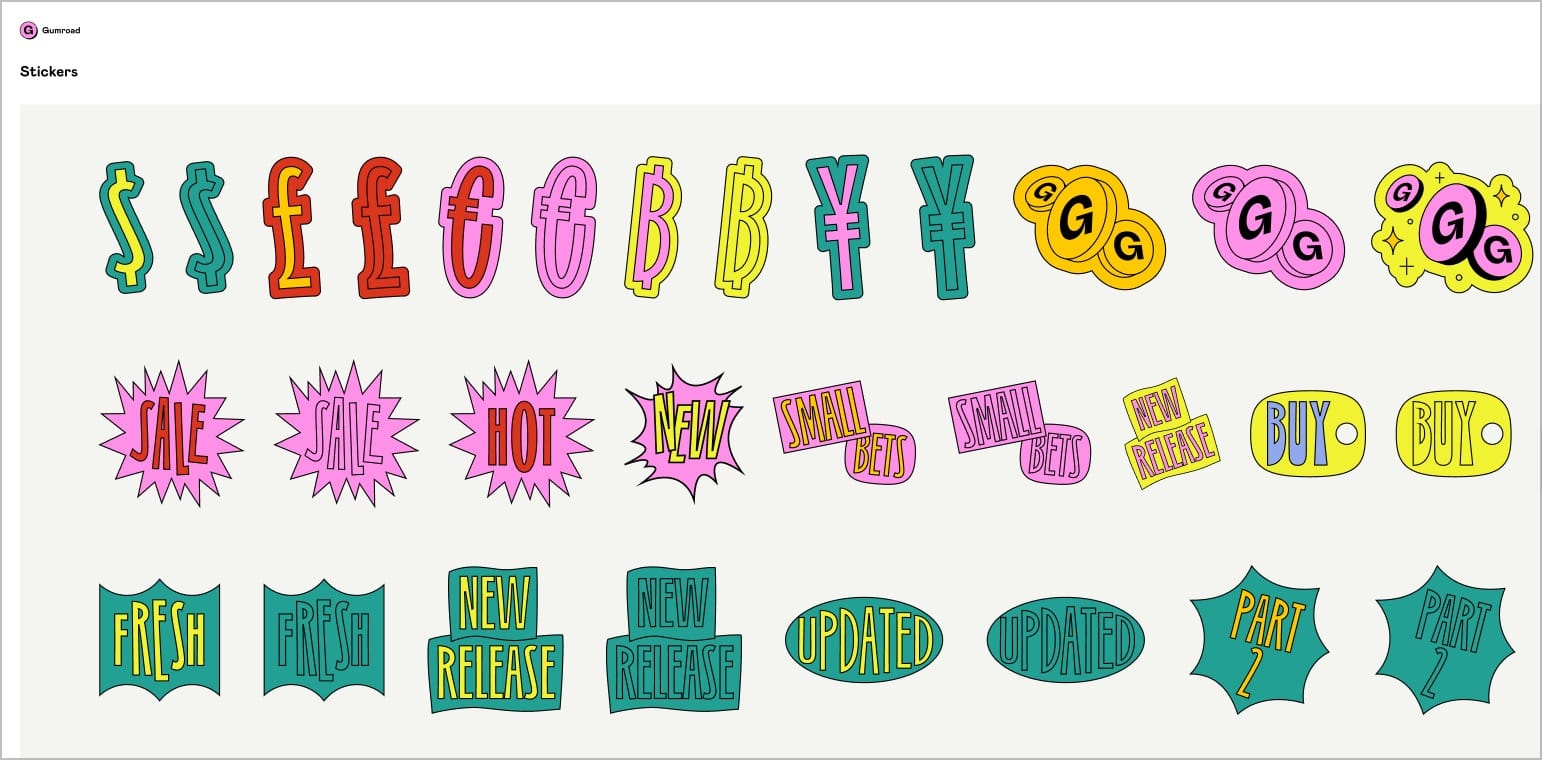
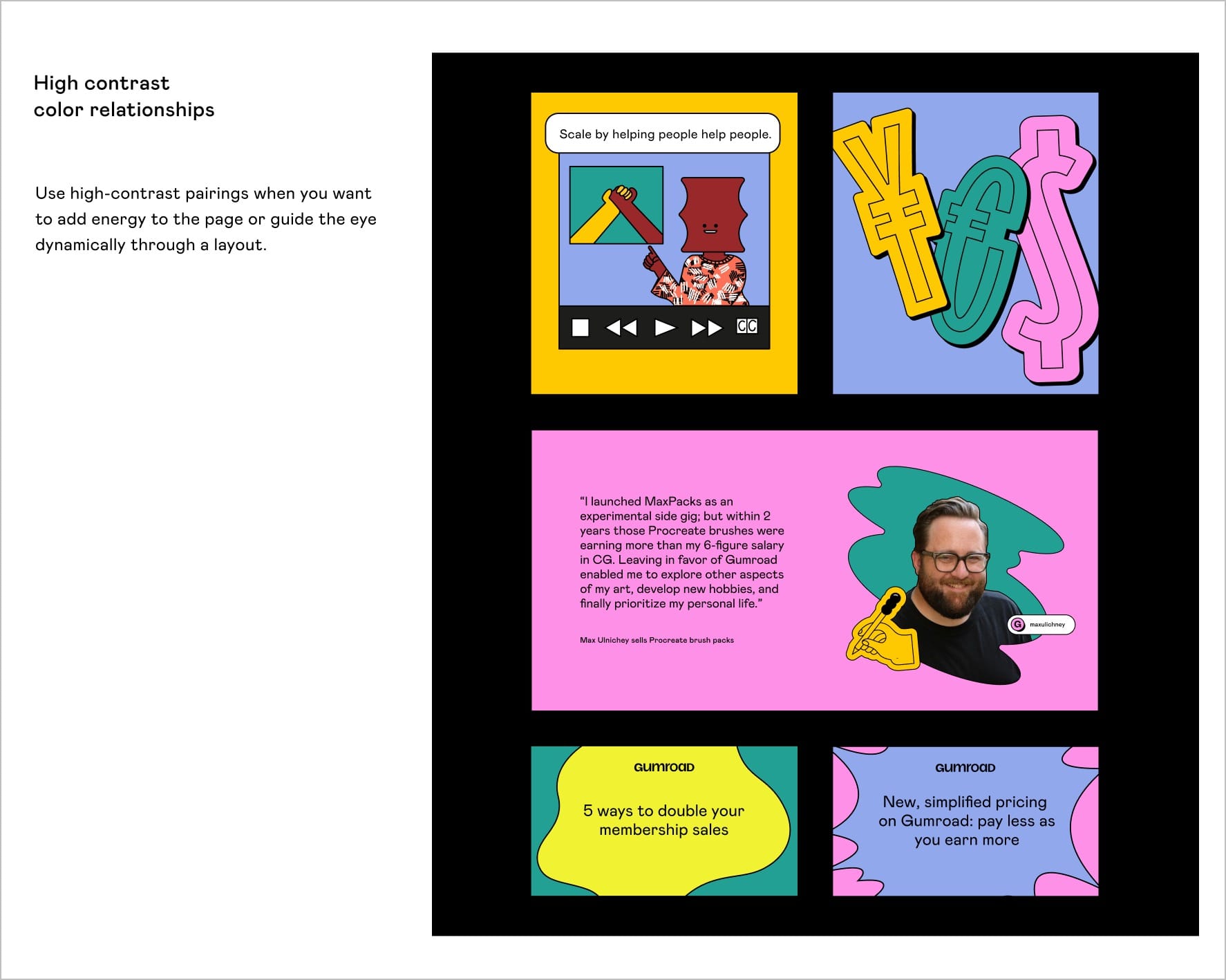
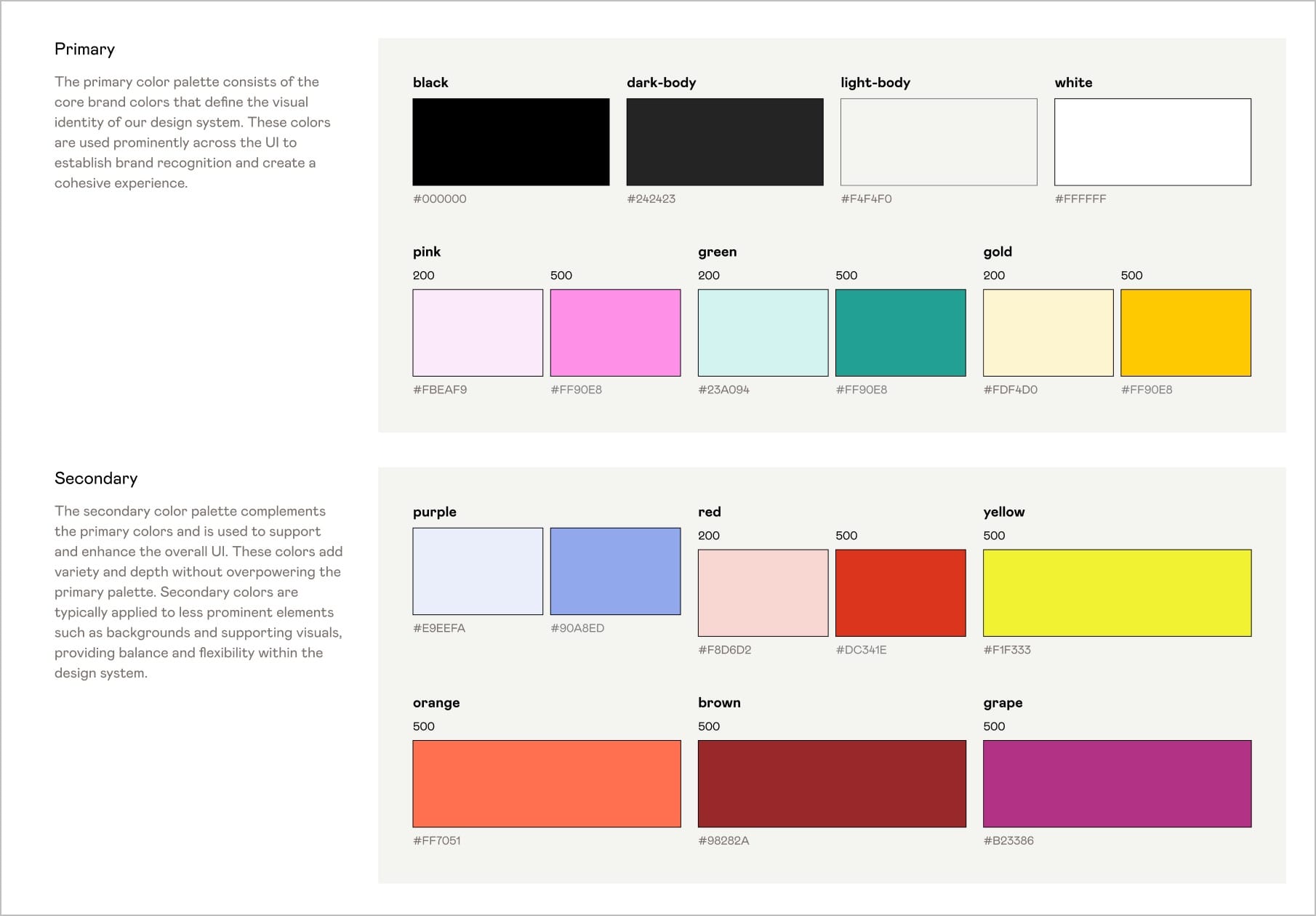
When examining Gumroad, it feels as though something essential is still missing, despite its comprehensiveness.
If a fresh designer who has just joined the Gumroad office wants to create a new landing page, or some creative assets for the social media, they might look at all these elements such as (font, color palettes, etc) in isolation, but would still not be able to get a complete understanding of how to 'express' the creative. What's missing here?
I'd like to call the missing jigsaw puzzle piece as a 'treatment'. A brand is not just about it's elements. It's about the treatments too.
The ant is different from the ant colony. The creative brand assets are more like the ant colony here. You would need more examples of the ant colony to truly express the brand.
Let me show some examples to demonstrate this trait of brand treatments.
mymind—a company known for its minimalist and visually distinctive approach—has adopted vinyl CD tracks as its UI for a music player. MyMind taps into the nostalgic associations of the groovy vinyl discs to create a unique brand treatment.
We made something nice for you ♡
— mymind (@mymind) August 29, 2024
PS: Yes this is LIVE for everyone! pic.twitter.com/gFd9nwNBP8
In contrast to a typical music player UI, you might expect clean lines, conventional buttons, and sliders. The focus is purely on functionality.
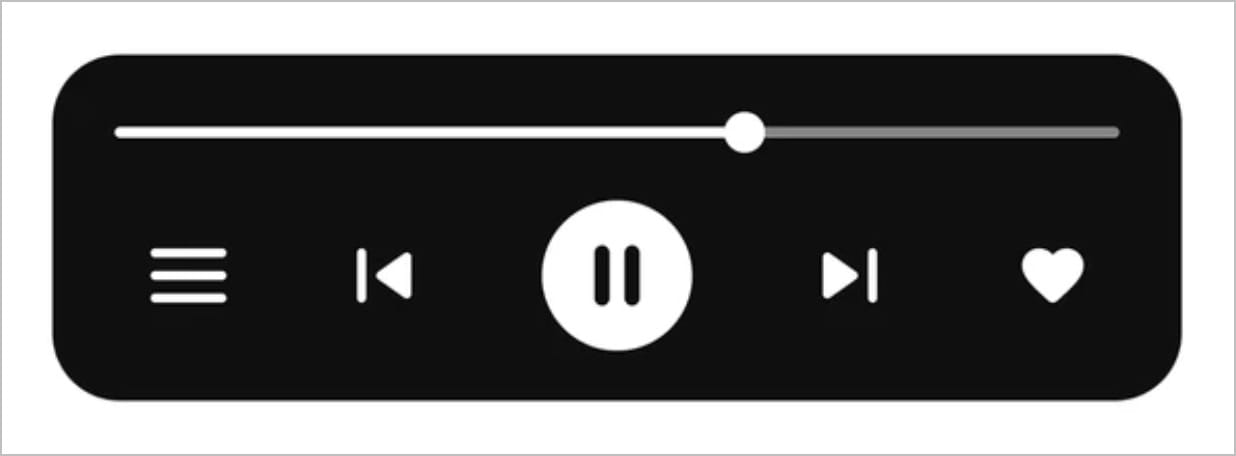
MyMind, however, uses the visual motif of vinyl CD tracks in its UI to evoke a different emotional response. By using a vinyl record's circular track as a design cue, MyMind encourages users to slow down and engage with the interface in a more mindful and personal way.
Even their brand treatment when it comes to wallpapers is quite unique and distinct. All the right ingredients needed for a memorable brand.

Another example of a company that pays attention to brand treatment is Perplexity. They use the pinwheel as a conceptual motif to treat their brand in a totally different lens.

Pinning their brand on such an underlying metaphor, helps them to express their brand in unique ways. We're used to seeing more visual motifs (such as the previous example), and with the rise of AI, we are seeing more unique brand treatments such as the one below where we're also having conceptual motifs.

This is another example of them capitalising on this metaphor to arrive at a visual depiction for the "bicycle for the mind".

💐 more bloom less doom pic.twitter.com/QAy8dT4RE7
— Phi Hoang (@apostraphi) August 30, 2024
Perplexity's brand treatment through this ad where searching for knowledge is linked with bloom and prosperity through the use of flowers as a conceptual metaphor
Brand treatments might also be in the tiny details. Agora Governance also offers a great example of a brand treatment. The subtle shedding of leaves, sparks novelty and interest without grabbing too much attention.

Brand treatments also vary based on context and environment. For Google Pixel Watch dialface, Colophone Type Foundry designed a set of variable fonts that are accessible and expressive for four of its watch face design variations.
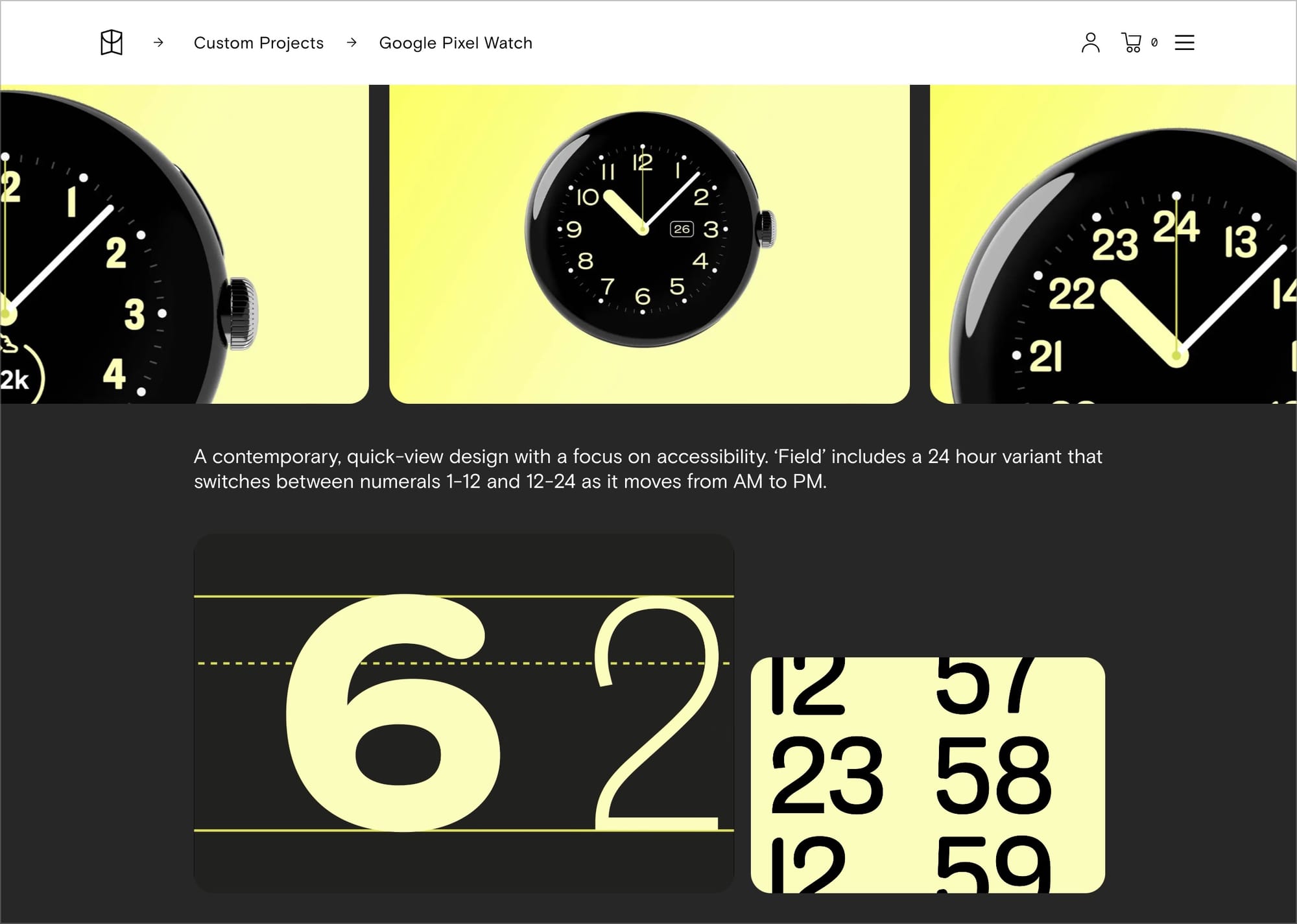
Some brands are so good that even the 'vibes' that they render are consistent and thematic. Inspired by Alexey Guzev, I've started documenting some of my own vibes which resonated here:
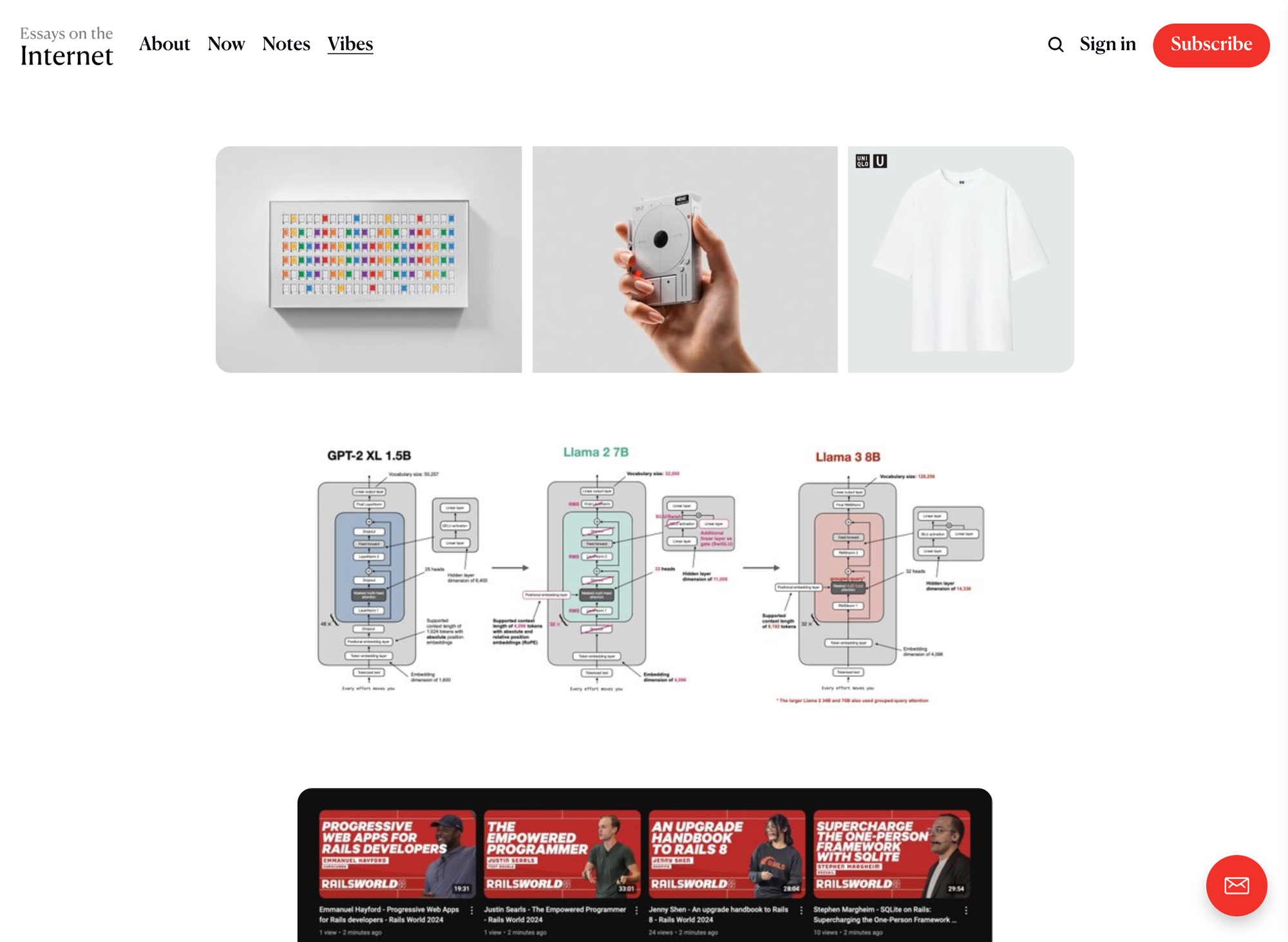
A vision I have for the future of design systems is if these conceptual motifs, metaphors, traits and brand expressions could all be tightly defined and added to a company's design system. This speculative design system might even capture/document the 'indescribable' vibes which also play a huge role. One day.
